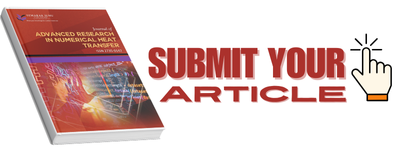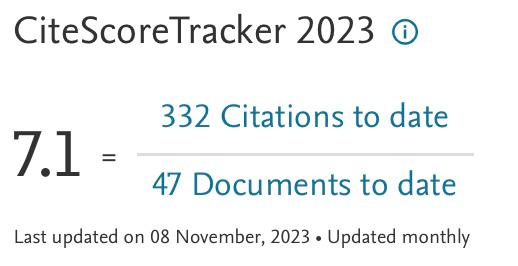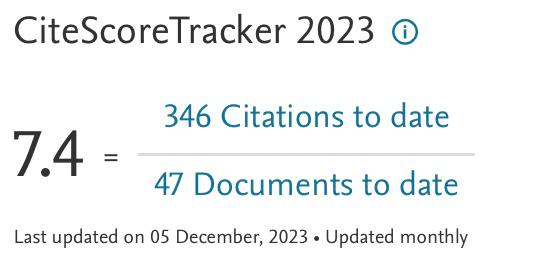Conjugate Effect on the Heat Transfer Coefficient
Keywords:
CFD simulation, Conjugate heat transfer, Jet impingement, Nusselt number, Turbulent modelAbstract
A transient computational fluid dynamics (CFD) investigation to determine the conjugate heat transfer (CHT) effect on the stagnation and local thermal characteristics due to an impinging air jet has been carried out in this study. It is shown that the thermal characteristics are influenced by the thermal conductivity and thickness of the impingement target. The CHT process enhances the local convective heat transfer at fluid-solid interface up to a certain redial extent from the stagnation point compared to the process with no CHT. The surface temperature distribution becomes more uniform as the thermal conductivity of the disc increases due to the enhancement of the conductive heat transfer inside the metal. The objective of the current study is to numerically examine the effect of wall conduction and thermal boundary strength on the convective heat transfer coefficient due to the jet impingement process. Numerical simulations, using the CHT approach to couple the fluid-solid heat transfer, are performed for fully-developed circular air jet, impinging perpendicularly onto a heated flat plate with different thicknesses and materials. A different jet Reynolds numbers and boundary heat fluxes are employed in the current study to provide an improved picture for the convection mechanism.























